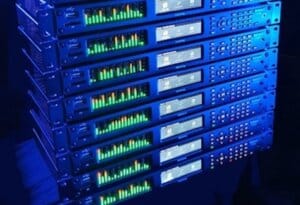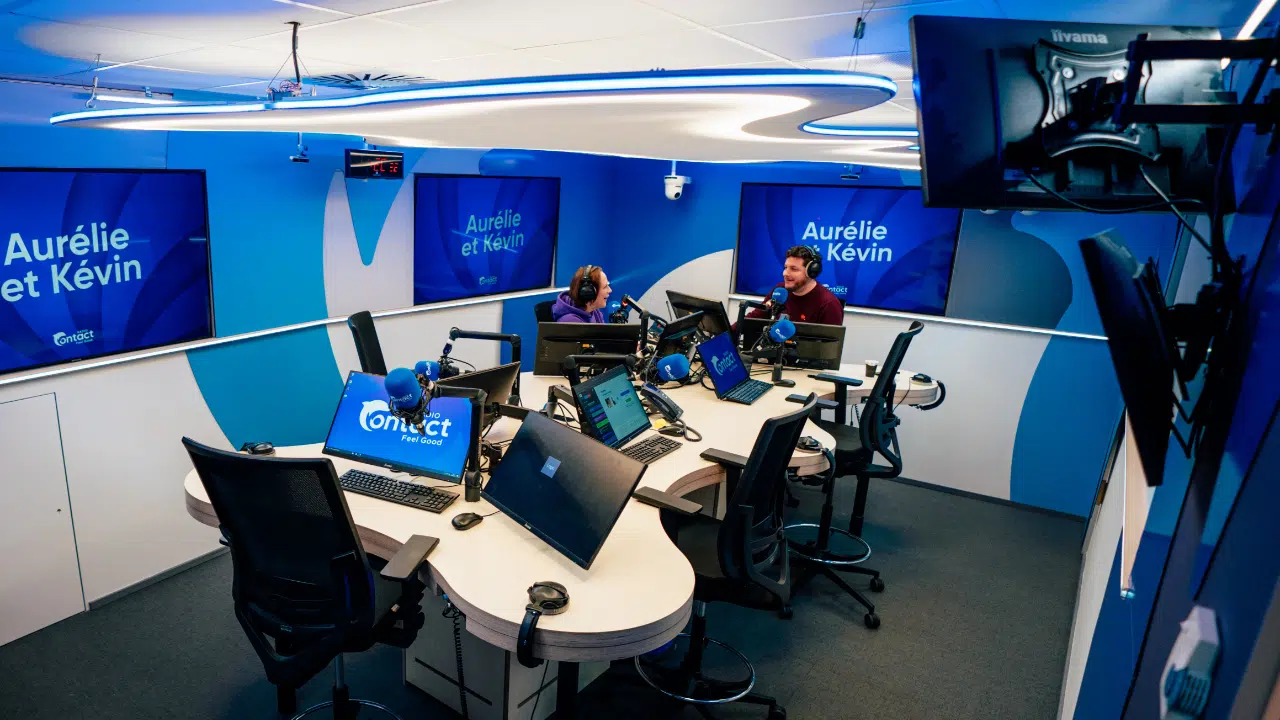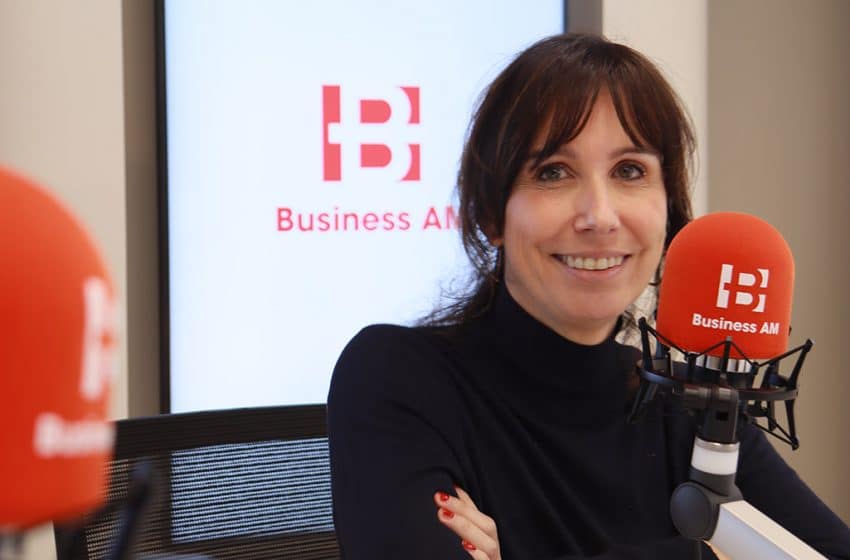
GENT, Belgium — On Jan. 9, news website Business AM launched Business AM radio, Flanders’ first talk radio station, broadcasting on DAB+ and online.
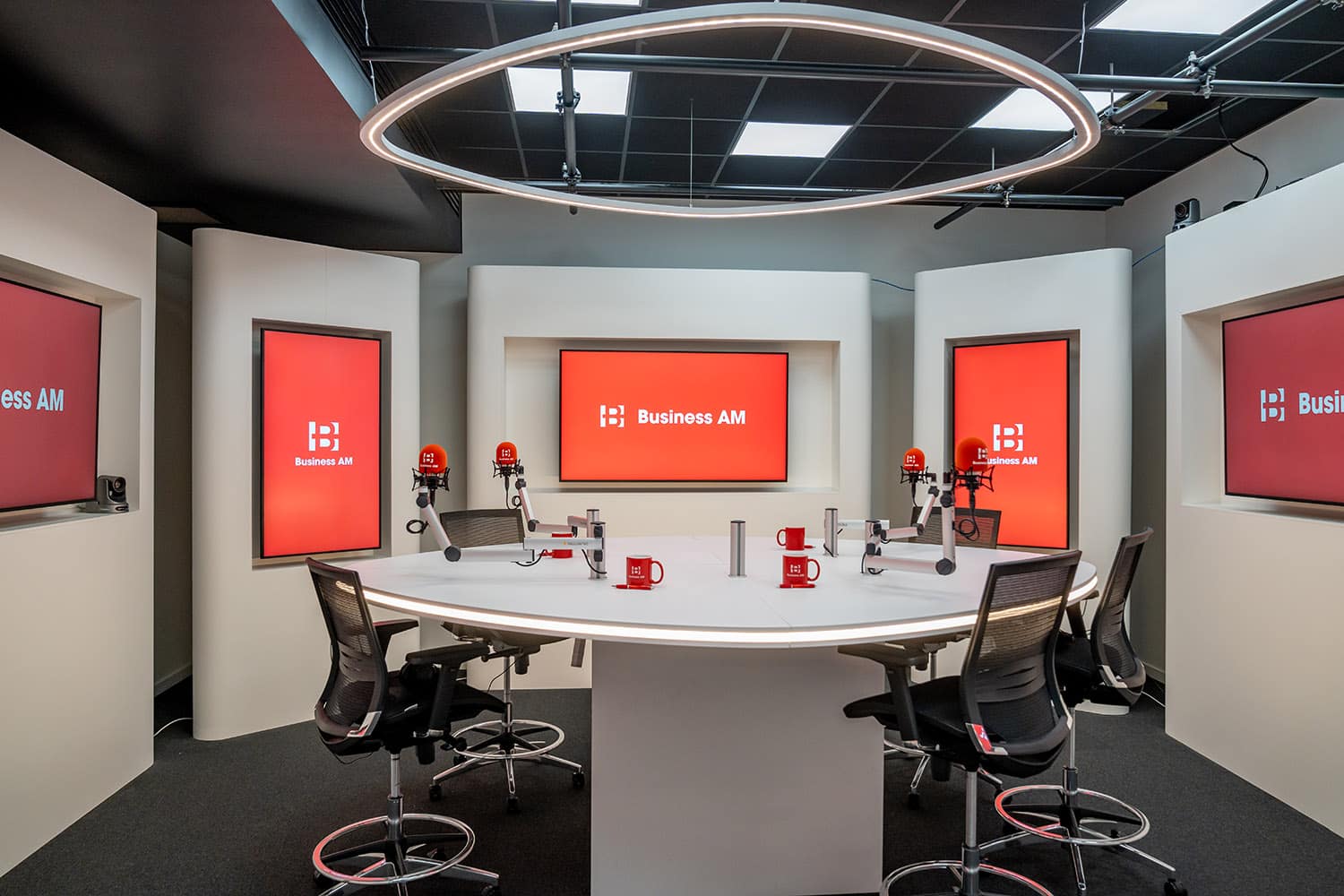
Business AM emerged from the ashes of the international publication Newsweek and has grown over the last three years. It now has over two million monthly users and thousands of subscribers. The news website is part of the MediaNation media group of entrepreneur Paul Gheysens, CEO of real estate developer, Ghelamco and owner of Royal Antwerp FC, a member of the Belgian Pro League.
“The idea is to retrieve relevant news and insights from today’s complex international business environment and mix it with global and local news stories,” explained Peter Van Oostende, chief editor of Business AM radio. “There’s no such thing as talk radio in Belgium, and we’re literally inventing the station on the spot; we’re on the eve of something new.”
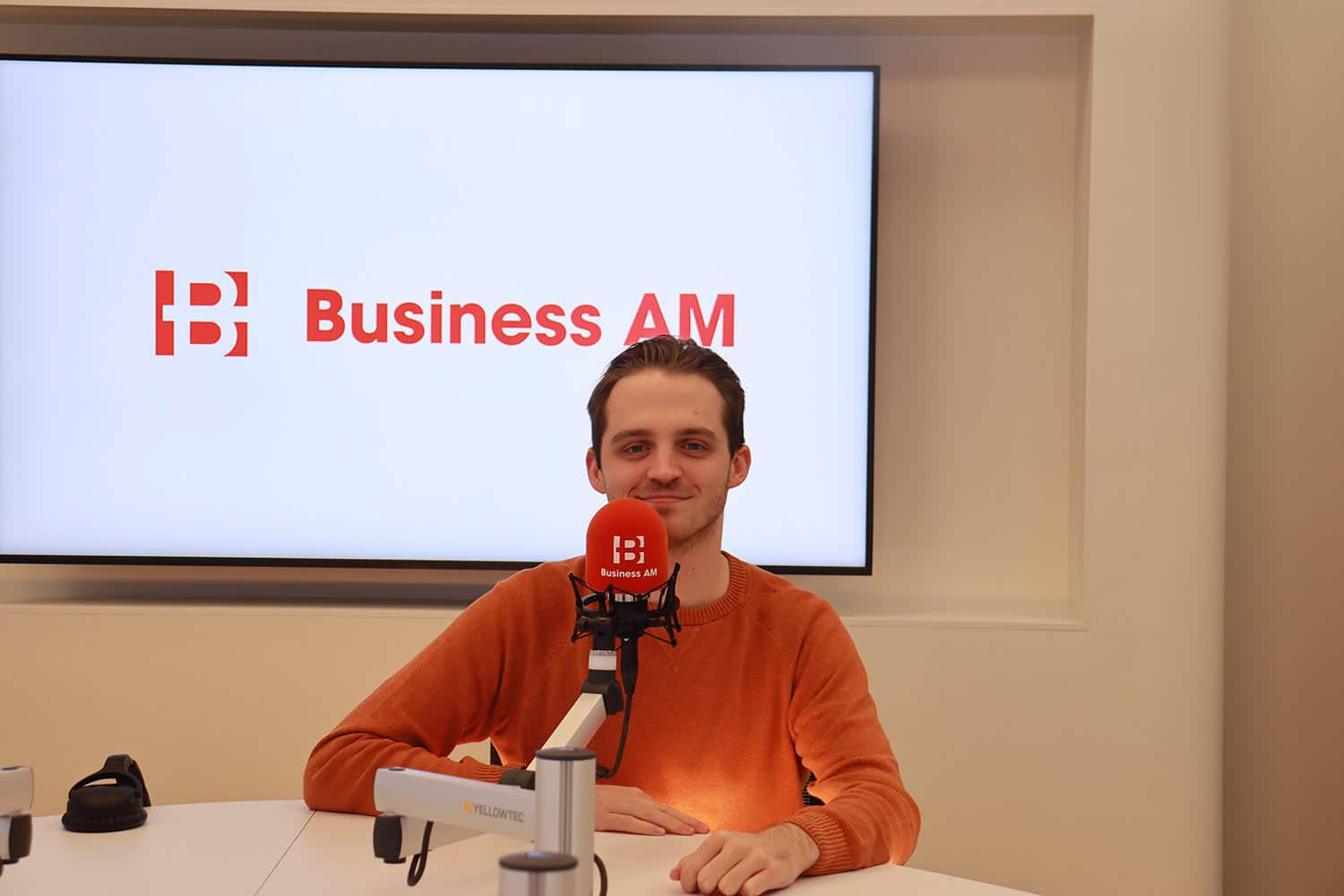
Business AM had a soft launch kick-off with the 6 a.m. to 9 a.m. daypart. “The Morning Drive” presenters Lennart Creël and Dennis Janssen currently take the audience through business news headlines, focusing on what they call society’s 360° horizon: politics, economics, technology and business.
Gradual expansion
“We want to gradually expand our program roster,” Van Oostende continued. “By this time next year, we plan to have the 6 a.m. to 7 p.m. daytime roster up and running; we are modestly building from scratch.” Until then, the station will broadcast reruns from existing news programs and tailor-made content. The focus will not be music, but plans exist to include a limited selection of music tracks.

Van Oostende underlined that Business AM radio is a digital story, stepping away from linear radio. “That’s why we prefer to talk about ‘content users’ rather than listeners — that’s crucial in making cross-media work with live images enhancing the program.”
When asked about Business AM’s advertising policy, Van Oostende said that as news radio, the station would follow the deontological code. “‘Content first’ is our adage,” he replied, “and it will all come down to negotiating with potential advertisers.”
Business AM’s radio studios are in the shared business space of the Ghent Ghelamco Arena football stadium, under the stands. The station consists of three studios, a control room, a main control room and a lounge/green room with a total surface of 105 m².
Matthias Aerts of iDeal Acoustics designed and built the studios and furniture. “We started in one big room and used our simulation software to design the individual studios and rooms,” explained Aerts. “In doing so, we could predict the room’s sound with 97% accuracy. The studios had to be perfectly insulated from outside noise, as they were located under the stands, and were built as box-in-box units. We calculated the studio acoustics to get the spoken word on air in the best possible conditions, while considering visual radio.”
The tech
Studio 1, the main on-air studio, has an integrated control room and TV displays in the decor. “We designed the presenter position with six surrounding TV displays and used free-standing acoustic elements to prevent acoustic reflection from the displays,” said Aerts. “In Studio 2, we combined a 65-inch display with acoustic columns.”
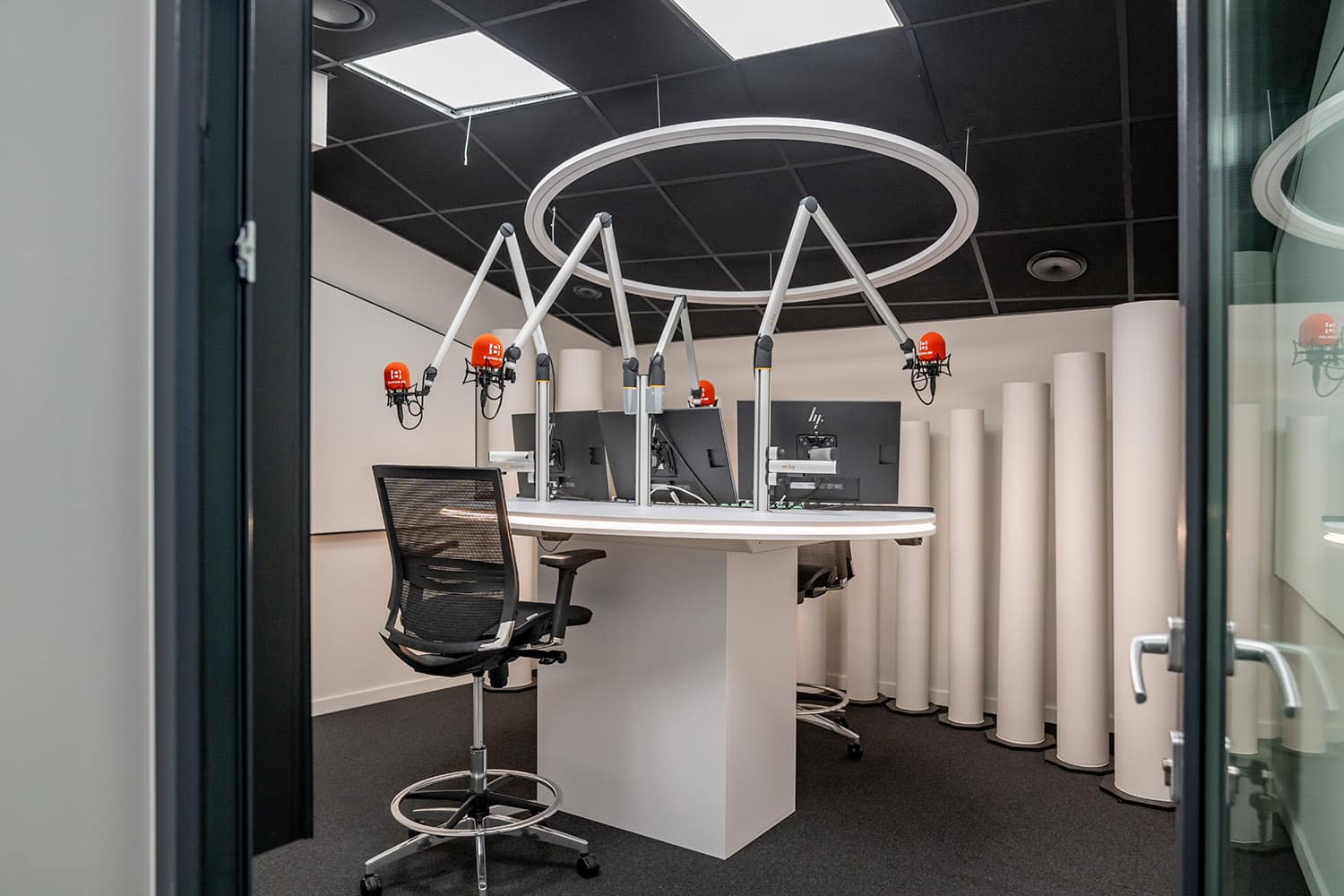
The big challenge, according to Aerts, was constructing Studio 2 right under the stands, resulting in a partially sloping ceiling. “But we managed to build the studio with comfortable room for everyone, compensating the loss in space with the right insulation and acoustic treatment,” he said.
Business AM’s technical configuration is built around three Lawo Power Core units, one for each on-air studio and one unit for the voice booth, also serving as the main matrix for the station. Tom Callebaut of RadioStudio.be took on the integration of the on-air landscape.
“Each of the on-air studios has a Lawo Ruby multiformat (AES3, AES67 and MADI) 16-fader mixing surface; the voice booth has a four-fader desk,” explained Callebaut. “They all use Neumann TLM 102 condenser microphones.” Each on-air studio uses an AVT TH2 telephone hybrid and has connectivity for WhatsApp, Skype and other external sources.
Whereas Studio 2 is self-operating, the main Studio 1 has a separate control room housing a Ruby console. The two on-air studios and the voice booth feature pairs of Genelec 8020 DPM and Fostex 6301 active monitors. For the visual radio element, Studio 1 has six Panasonic UE50 PTZ cameras; Callebaut installed two UE50 engines in Studio 2. “We established a configuration between the Lawo core and vMix live production software for the studio’s voice-detection system. The setup is triggered when the mic fader is opened and the microphone is in use,” he continued.
On-air studio
The on-air setup uses a combination of mAirlist automation software and cloud-based TinkerList technology as a play-out system, facilitating the link between audio and video. “For advertising scheduling, we use the AdMaster software, for which we were recently appointed as Belgian distributors,” added Callebaut.
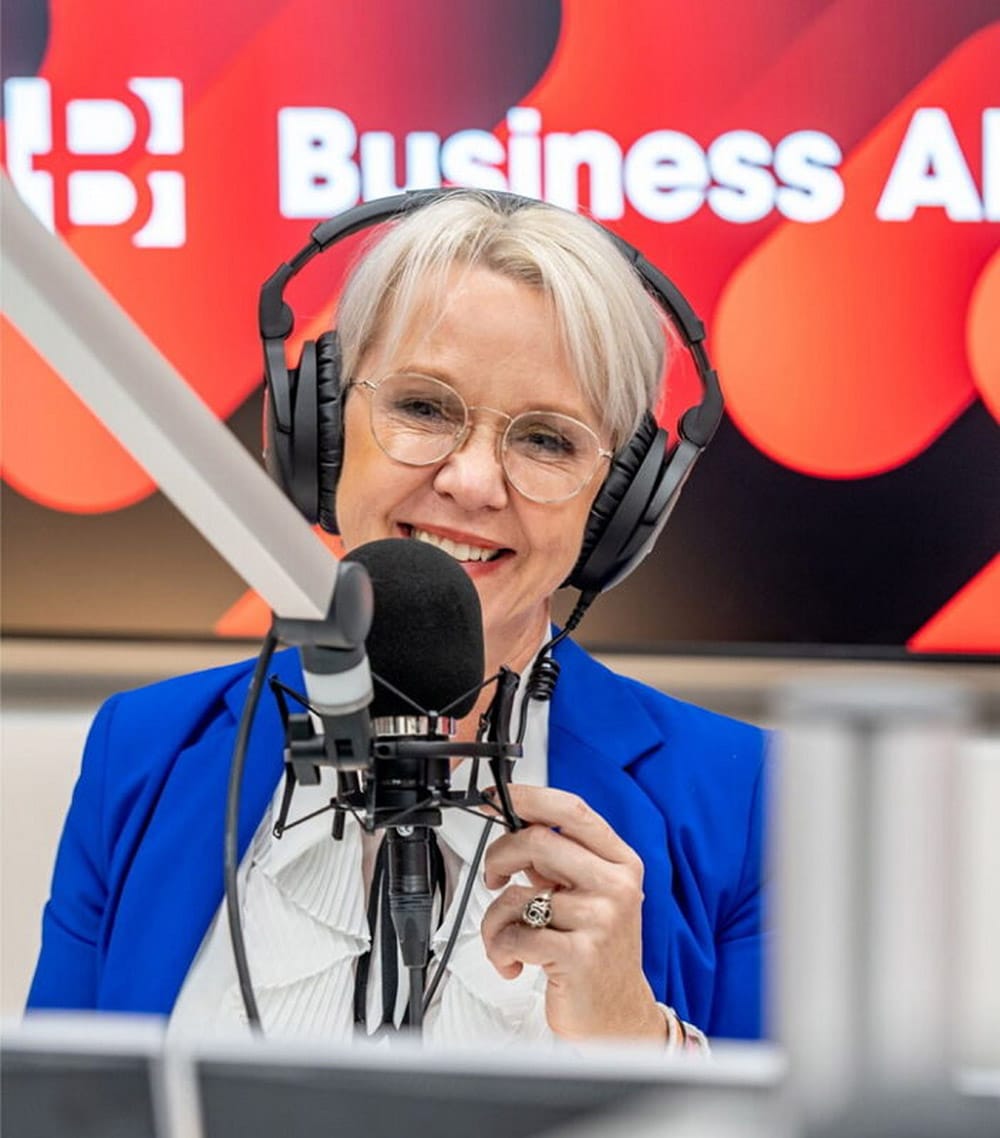
The studio signal is routed over the third Power Core antenna matrix by means of an Orban Optimod 6300 audio processor. “We have a pristine audio quality because we use uncompressed linear audio from the studio to the DAB+ head end, where Telos Alliance x-nodes encode the signal and connect it via a private fiber link with Norkring’s DAB+ distribution center in Sint-Pieters-Leeuw, from which it covers the whole of Flanders,” Callebaut said. An extra hub in Antwerp guarantees full redundant reliability of the transmission.
“You may think that installing a talk radio station is just about microphones, but I can assure you that it’s more complicated to get a voice right on the air than tuning sound processors,” concluded Callebaut. “Voices are natural, human, and when they don’t sound right, people tend to feel uncomfortable. The credit goes to Matthias of iDeal Acoustics, who used specific elements and acoustic components to achieve a perfect result.”
Van Oostende revealed that, in addition to the two morning bracket presenters, former VRT news personality Linda Dewin and politics analyst Wouter Verschelden, would also contribute to Business AM’s talk radio content with a weekly show “De Insiders” on Mondays, Tuesdays and Wednesdays. Former VRT Radio Donna news presenters Sofie Sonck and radio journalist Lisbeth Imbo have joined the Business AM radio team. Imbo presents the Monday morning 9 a.m. to 10 a.m. slot with the “Preview” radio hour.
The author reports on the industry for RedTech from Antwerp, Belgium.


